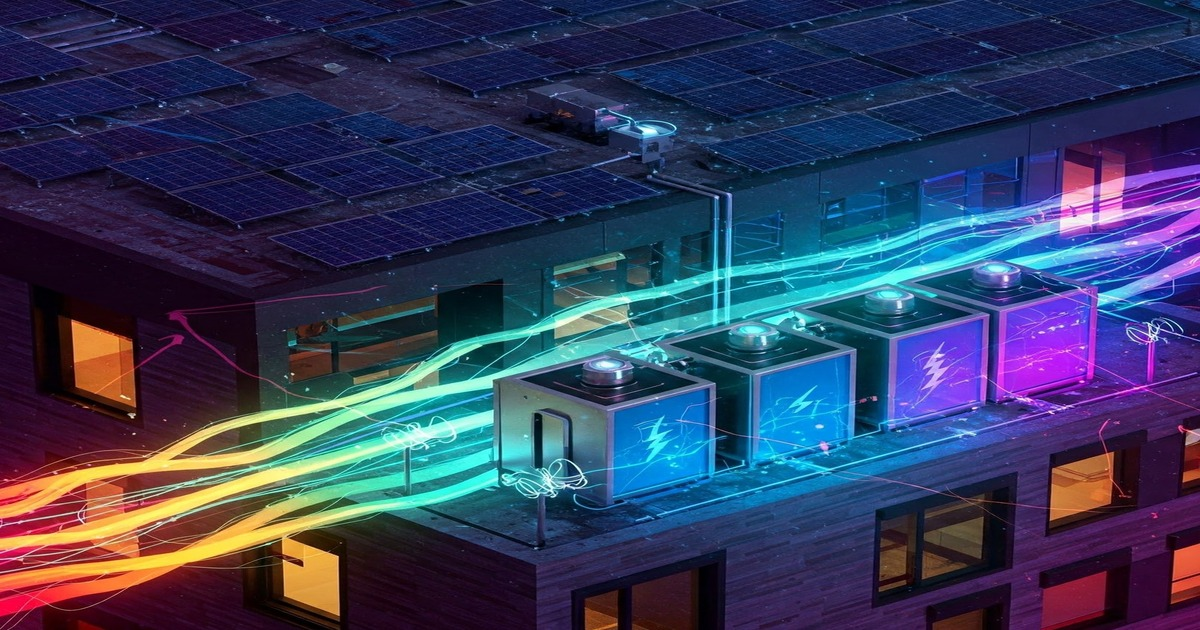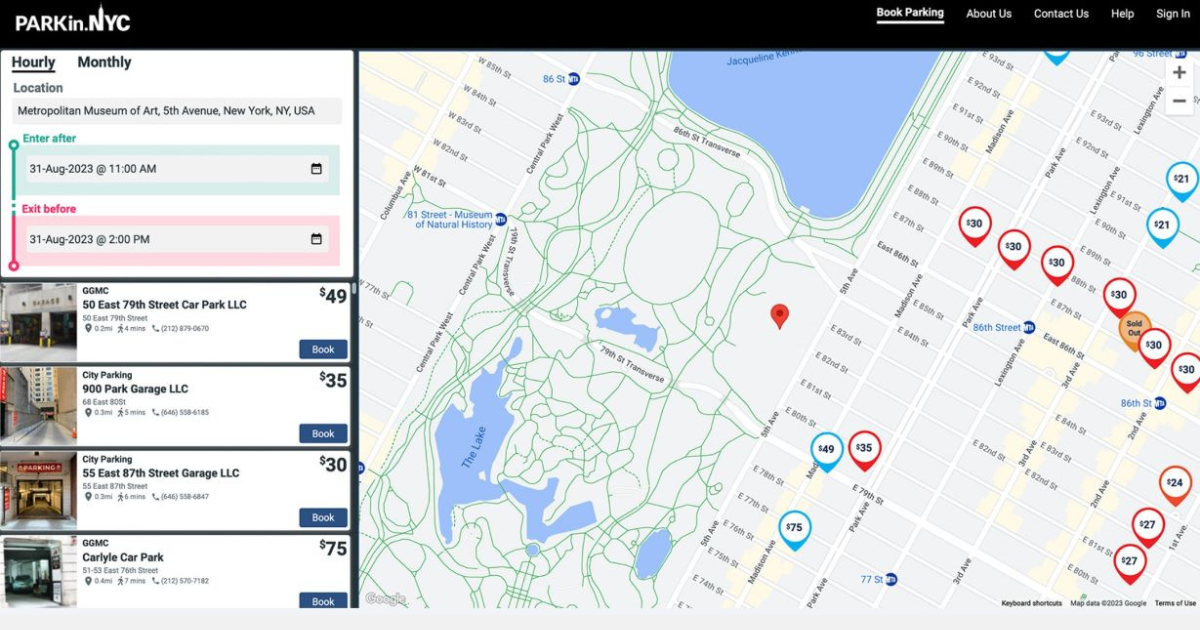IP Edge Controllers: An Integral Part of a Building's Operational Strategy

Over the last five years, we have seen a continued rise in edge computing and the use of Internet Protocol (IP) within the built environment. This shift shouldn’t be surprising as IT and OT have come closer together and we have increased our adoption of IoT. As a result, this shift has increased the use of Edge enabled native controllers and the deployment of IP horizontal building architectures and topologies.
So, what is the edge within the built environment? Simply put it is a means to connect, collect and process data at the device-level rather than at a centralized server, Cloud, or at a remote data center. It represents device-level execution of applications at a place where we can process and analyze data as close to the original sources as possible. In the context of building automation and integration, edge computing allows building managers to process and analyze data locally, at the edge of the network.
Gartner recently noted that, by 2025, more than 75% of all data will be processed and acted upon on the edge.
Regarding devices and equipment that can reside on the edge, several, such as RTUs, chillers, plant level controllers, meters, sub-meters, sensors, security cameras, field devices, and lighting, are all good examples.
IP Edge controllers deliver speed, latency reduction, scalability, security, bandwidth conservation, reduced operational costs, and more data that has the potential to provide enhanced insights and data governance. They also enable owners and operators to be reactive in real time to what is happening within their facilities.
IP and edge computing has given us unparalleled connectivity and interoperability, allowing seamless integration with a wide range of protocols and devices. This flexibility empowers building owners and operators to leverage existing infrastructures while easily adding new devices and systems, resulting in reduced installation costs, and increased operational efficiency.
Let’s look further at the benefits and value delivered by IP Edge controllers.
Control & Management
IP Edge controllers allow for centralized control and management of almost every building system, equipment, and device within the building operations architecture. This includes HVAC, lighting, access control, security systems, IAQ and occupancy sensors and more. With IP Edge controllers, these systems can be monitored, controlled, and managed from a single open, scalable platform/interface, streamlining operations, and reducing complexity.
Connectivity
IP Edge controllers speak the same language from end to end. They do not need translation between the server operating systems, e.g., with gateways or other means.
Integration & Interoperability
By leveraging IP-based protocols and communications standards, different equipment, devices, and systems can communicate with each other seamlessly. This integration and interoperability enable coordinated actions and automated responses, improving efficiency and overall performance.
Energy Efficiency and Sustainability
IP Edge controllers are crucial in optimizing energy use within buildings and facilities. They enable intelligent control of the systems and equipment, allowing for precise adjustments based on occupancy, schedules, or environmental conditions.
Enhanced User Experience
IP Edge controllers provide improved user experiences by offering intuitive interfaces and personalized control.
Enhanced Insight
IP Edge devices allow building owners and facility managers to solve problems quickly and easily through real-time information. Combined with visualization, this information can help proactively prevent issues and quickly solve problems.
Remote Monitoring & Troubleshooting
IP Edge controllers enable easy remote monitoring and troubleshooting capabilities. Facility operating personnel and service providers can receive real-time alerts or notifications and proactively address issues. This reduces response times, minimizes downtime, and improves maintenance efficiency.
Scalability & Flexibility
IP Edge controllers offer scalability and flexibility in expanding or adapting to changing environments. As new devices are added, IP-based infrastructure allows for easy integration and expansion without requiring significant reconfiguration. This scalability ensures that the building’s control infrastructure can accommodate future upgrades or technological advancements.
Data & Analytics
IP Edge controllers facilitate access to data, leading to better operational efficiency and outcomes.
Cost Savings
IP Edge controllers contribute to cost savings. Reducing maintenance expenses through proactive monitoring and streamlining operations helps lower operating costs. Additionally, IP Edge controllers eliminate the need for complex wiring infrastructure and minimize installation and maintenance expenses as the controllers can go straight to a supervisor or the Cloud.
Smarter Building Integration
A network of IP Edge controllers is a foundation for smart building technologies and Internet of Things (IoT) applications. They allow seamless integration with sensors, analytics platforms, and other smart devices, enabling advanced functionalities such as occupancy-based lighting, predictive maintenance, space utilization optimization, and more.
Security & Resiliency
A well-implemented IP Edge-based solution provides system resiliency, maintaining peak building operations. Because IP-based solutions are highly encrypted, they help protect operations and data while safeguarding against malicious activity. The access controls and authentication measures incorporated in IP improve the overall security of building automation systems.
IP Edge controllers are now integral to many buildings’ operational strategies. Building owners and operators are looking for faster, real-time analysis of their equipment’s massive volumes of data to improve their operational decision-making. IP Edge gives building owners, operators, property managers, and system integrators the flexibility, control, cybersecurity, and robust technology infrastructure required to enable the operational and business outcomes they need.
If you want a free copy of an Executive Briefing entitled IP Controllers & The Edge, email me at marc.petock@lynxspring.com .
This Week’s Sponsor
Embracing open software/hardware platforms, Lynxspring develops, manufactures, and distributes edge-to-enterprise solutions creating smarter, sustainable buildings, better energy management systems, equipment control and specialty machine-to-machine and IoT applications. Lynxspring technologies simplify connectivity, integration, interoperability, data access and normalization and analytics from the edge to the enterprise. The company’s solutions are commercially deployed in millions of square feet in the United States and internationally. www.lynxspring.com
Read Next
 3/27/2025
3/27/2025
The Convergence of Edge Computing, Cloud, and AI in Building Automation and Smart Buildings In the built environment, we have seen the convergence of Operational Technology (OT) and Information Technology (IT), later expanding to include Workplace Technologies (WP).
 3/27/2025
3/27/2025
DC Power: A Holistic Approach to Energy Savings in Commercial Buildings In today's energy-conscious world, businesses constantly seek ways to reduce their carbon footprint and operational costs.
 3/13/2025
3/13/2025
How to Achieve Eco-Friendly Facility Management Commercial real estate operators and facility managers are focusing on sustainable practices to minimize environmental impact, create healthier workplaces, improve productivity and lower operational costs.
 1/23/2025
1/23/2025
When It Comes To Managing Properties’ Parking, Technology Is Key It’s easy for developers and real estate owners to think of parking as a necessary evil. They know they have to provide it (often, because it’s mandated by code), they understand that prospective tenants and buyers expect to be provided parking, but they haven’t figured out how to maximize its value.






.gif)




